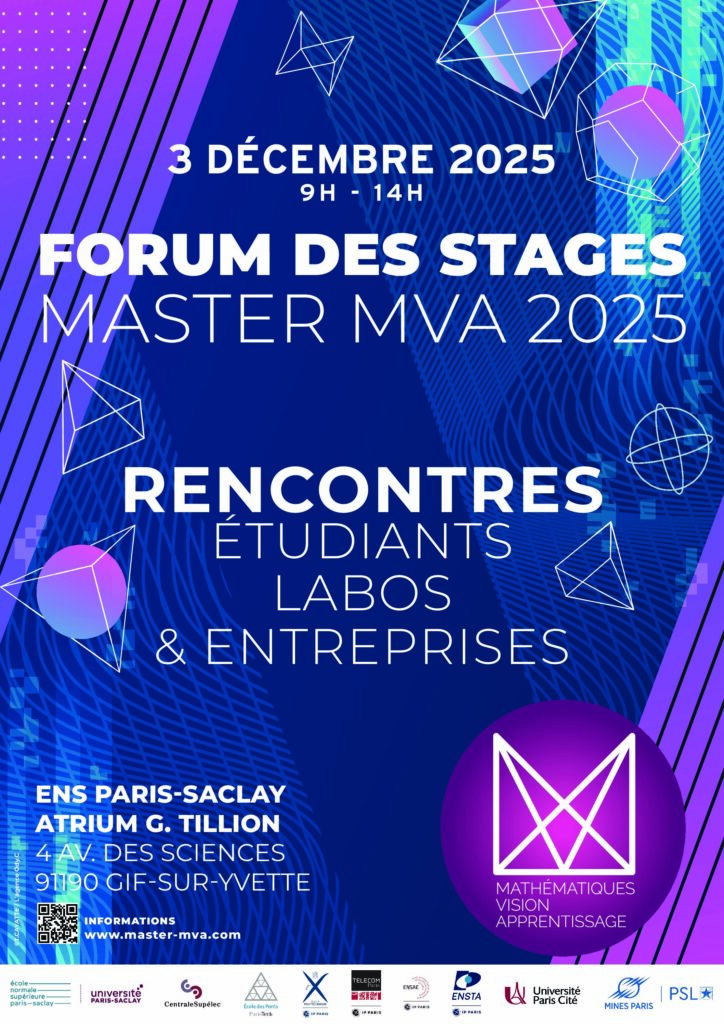Objectif du cours
This course introduces one of the theories that addresses the detection problem, namely the a-contrario theory. This statistical framework aims at automatically selecting detection thresholds to control the expected number of false detections under given background models.
Organisation des séances
The course will be held online and will consist of weekly lectures of 3 hours each, covering theory and discussion of particular cases. Students will be expected to submit regular exercises clarifying technical points of the course, as well as a final report analyzing a paper from the literature.
Mode de validation
Validation is based on 4 homework assignments, including exercises and a report analyzing a research paper.
Références
– Lecture notes.
– A Desolneux, L Moisan, JM Morel, « From gestalt theory to image analysis: a probabilistic approach », Springer, 2007.
– G Kanizsa, « Organization in Vision: Essays on Gestalt Perception », Praeger Publishers, 1979.
– A Gordon, G Glazko, X Qiu, A Yakovlev, « Control of the mean number of false discoveries, Bonferroni and stability of multiple testing », The Annals of Applied Statistics 1 (1), 179-190, 2007.
– Various research papers
Thèmes abordés
– Introduction: visual perception, Gestalt theory, discussion of human vision.
– A-contrario theory: concept of background model, number of false alarms (NFA), modeling the background and the structure to be detected.
– Detection of specific geometric structures.
– Time series detection in satellite images.
– Detection of image forgery.
